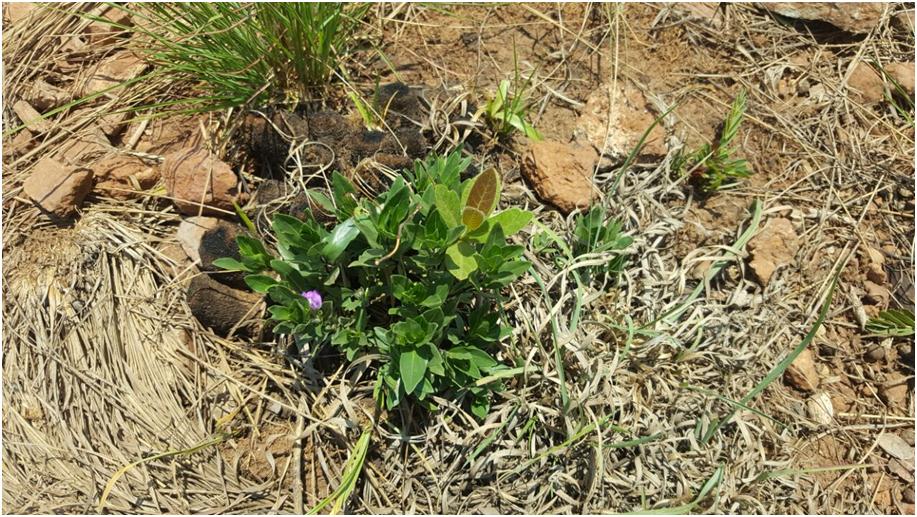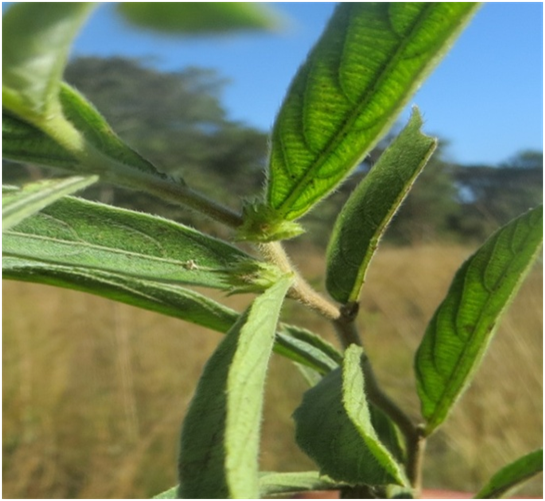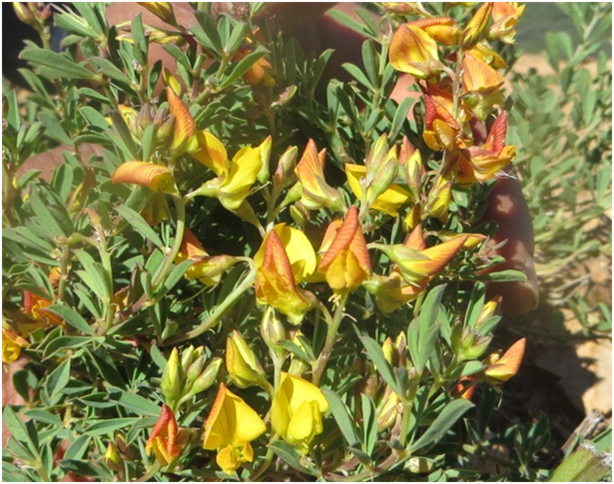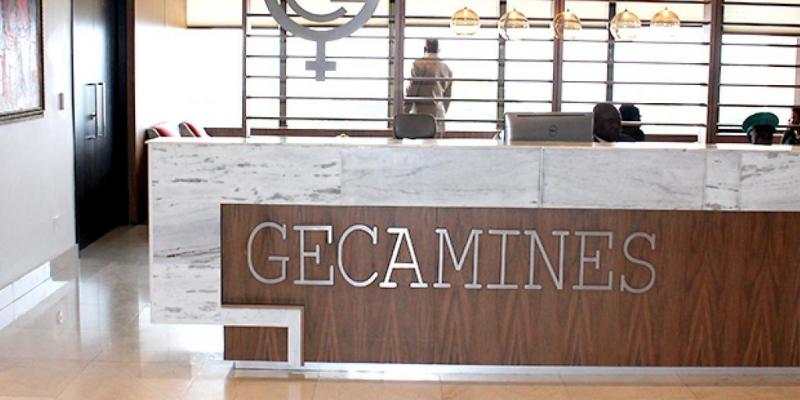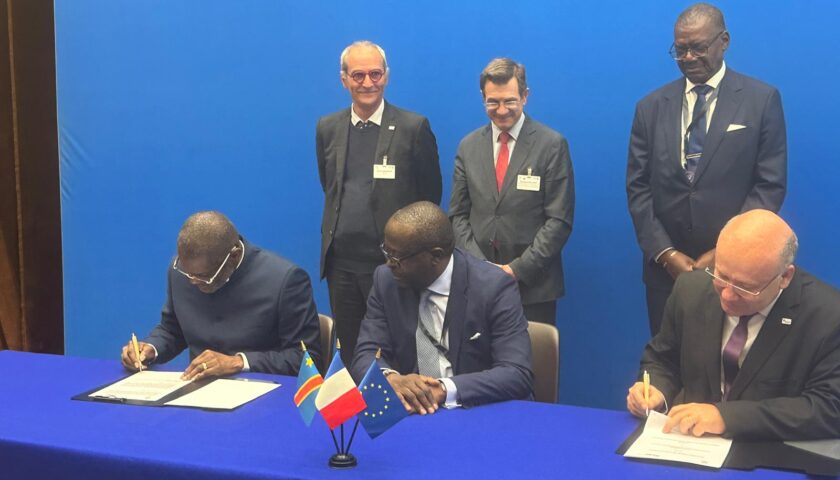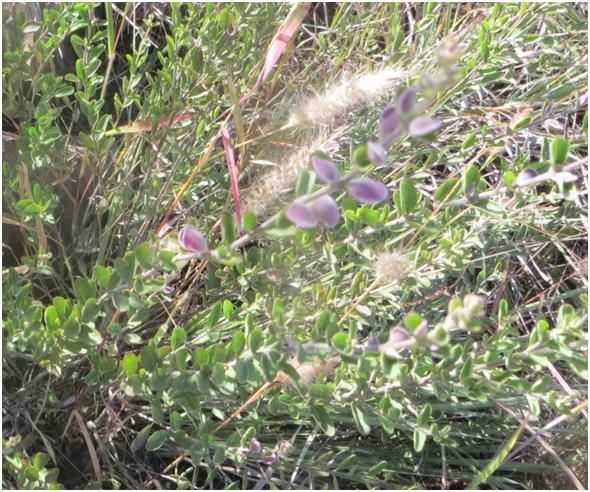
Tinnea coerulea Gürke var. coerulea (Photo : SEK)
The Katangan copper arc, which extends over the provinces of Upper Katanga and Lualaba in the Democratic Republic of Congo, is an area known for its numerous deposits of copper and cobalt (and other metals of economic interest). These appear on the surface in the form of hills covered by a short herbaceous vegetation constituted by a set of species particularly adapted to the high concentrations of copper and cobalt in the soil. This flora unique in the world is called the Katangese cupricole flora. Within this rich flora of around 550 species, there are 32 strict endemic species to the copper arc of Katanga. These species constitute a rare genetic resource and form an integral part of the national heritage and can be used for the restoration / rehabilitation of soils polluted by past mining activities. Unfortunately, these species are now critically endangered due to the intensification of mining activities and unsustainable practices since the early 2000s.
Concerned with the conservation of biodiversity and the environment, but also with the preservation of the Congolese heritage, the Société d’Exploitation Kipoi SA (SEK), a subsidiary of Tiger Resources Limited, has invested in an ambitious conservation program of the flora on its mining site. Indeed, the environmental impact study carried out by Golder Associates in 2015-2016 highlighted the fact that SEK SA operates in an exceptional setting where copper flora is present and in particular some endemic species in danger of extinction (see Photo).
In collaboration with the Faculty of Agronomic Sciences of the University of Lubumbashi (UNILU), SEK SA has set up a program for the conservation of endemic species of copper flora identified on its site. This plan includes, among other things, the creation of a nursery and an ecosystem at the site to accommodate species of interest associated with the accompanying species, cultivation and conservation in the form of seeds of these species respectively in the botanical garden and the seed bank of the Faculty of Agronomic Sciences of the University of Lubumbashi.
The preliminary results of this project are very encouraging when the success of the conservation of these species since the first species transplanted in June 2016 during the dry season and protected with mulching have resumed without problem. Species transplantation continued at the beginning of the rainy season and was completed in December with the construction of a showcase designed to representendangered species in their natural habitat for knowledge of employees and visitors to the site.
“We cannot be unaware of the fact that we have endangered species on our site under the IUCN Red List (International Union for the Conservation of Nature), our aim is to contribute to their conservation with a view to limit their extinction in relation to our operations. We are very satisfied with the success of this transplantation project which was carried out over several months with the collaboration of UNILU and are very proud to present the result obtained” said Isabelle Teboul, SEK SA Environment and Social Affairs Manager.
Other phases of the project will be pursued according to a biodiversity management plan on which SEK SA is working again with the Faculty of Agricultural Sciences of UNILU.
By SEK SA.

